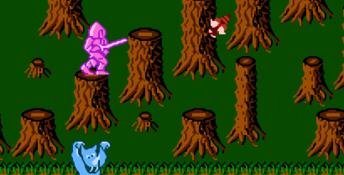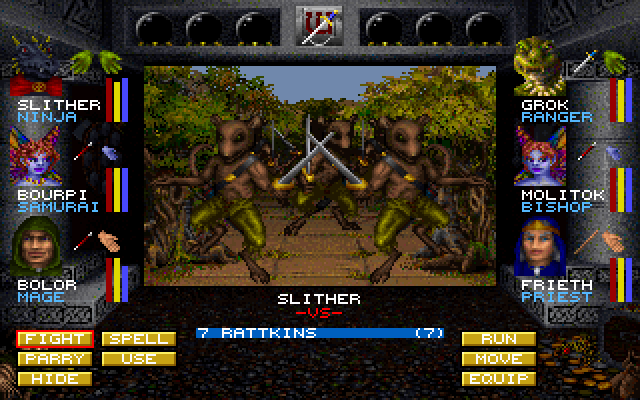
Of course, Google doesn't have a monopoly on machine-learning and Adobe has plenty of its own powerful tools. Why bother with layer masks, pen tools and adjustment layers when Google can do it all for you? Restoring order And alongside Google's growing batch of tricks, it's all starting to make Photoshop look unnecessarily complex for photo edits. We haven't yet been able to fully test Photo Unblur, but the early demos (opens in new tab) (like the one above) are impressive. "But it can do a whole lot of good to deblur photos when your hands were shaking, if the person you're photographing is just slightly out of focus, or things like that," he adds.

It never strays out of the realm of authenticity," claims Reynolds. "It never changes what you look like, it never changes who you are. If that sounds like a recipe for warped faces and uncanny valleys, Google is keen to stress that it doesn't go overboard on attacking your mug. "It takes all those things and it says 'here's what I think your face would look like after it's been unblurred," said Reynolds. Like those text-to-image AI wizards, Google's new photo-rescuing tools fill in those details by crunching together a ton of connected data – in Google's case, an understanding of what human faces look like, how faces look when they're blurred, and an analysis of the type of blur in your photo. And the idea is that the model has to fill in the details." Or produces something from something else that is lesser than, or less precise than, what you're trying to produce. "A generative network produces something from nothing. "There's a category of machine learning models in imaging that are known as generative networks," Reynolds explained. If you haven't, those sites include the likes of Dall-E and Midjourney – and beware, they're a hugely dangerous weekend time-sink. When asked about Photo Unblur and Face Unblur, Reynolds said: "I think you've probably seen in the news all these websites now where you can type in a sentence and it produces an image, right?".

The complex process of building noise maps and applying 'polyblur' techniques was explained recently by Isaac Reynolds, Google's Product Manager for the Pixel camera, in a chat on the company's new 'Made by Google' podcast (opens in new tab). Another related feature, Face Unblur, is so demanding that it can only run on Google's custom Tensor processor.īoth modes do way more than crank up a sharpening slider. Photo Unblur and Magic Eraser may look simple, but they're built on some powerful machine learning. But the big change is that Google's tools are both automatic and live in the places where non-photographers shoot and store their photos.įor the average user of Google's phones or its cloud photo apps, that'll likely mean never having to dabble with a program like Photoshop again. Adobe also has enough of its own machine-learning wizardry to ensure its apps will remain essential among professionals for many years to come.

In this case the possibility of malfunctioning or even damaging the game, which may necessitate reinstalling the game, is particularly high.Collectively, these modes aren't yet as revolutionary as the original Photoshop. This is due to the fact that they generally work with a specific version of the game and after updating it or choosing another language they may (although do not have to) stop working or even malfunction.Extra care should be taken with modifications, trainers, and other things that were not created by the game’s developers. Note: The cheats and tricks listed above may not necessarily work with your copy of the game. Editor for Wizardry 6, Wizardry 7 and Wizardry 8. Editor for Wizardry games can be found here. Monster Editor - allows modification of all known Monsters' parameters and creation of new Monsters. Shows comprehensive usage of an Item throughout the Game. Item Editor - allows modification of all known Items' parameters and creation of new Items. Go to Photos & Screenshots Page to see few screen shots of the.Cosmic Forge.


 0 kommentar(er)
0 kommentar(er)
